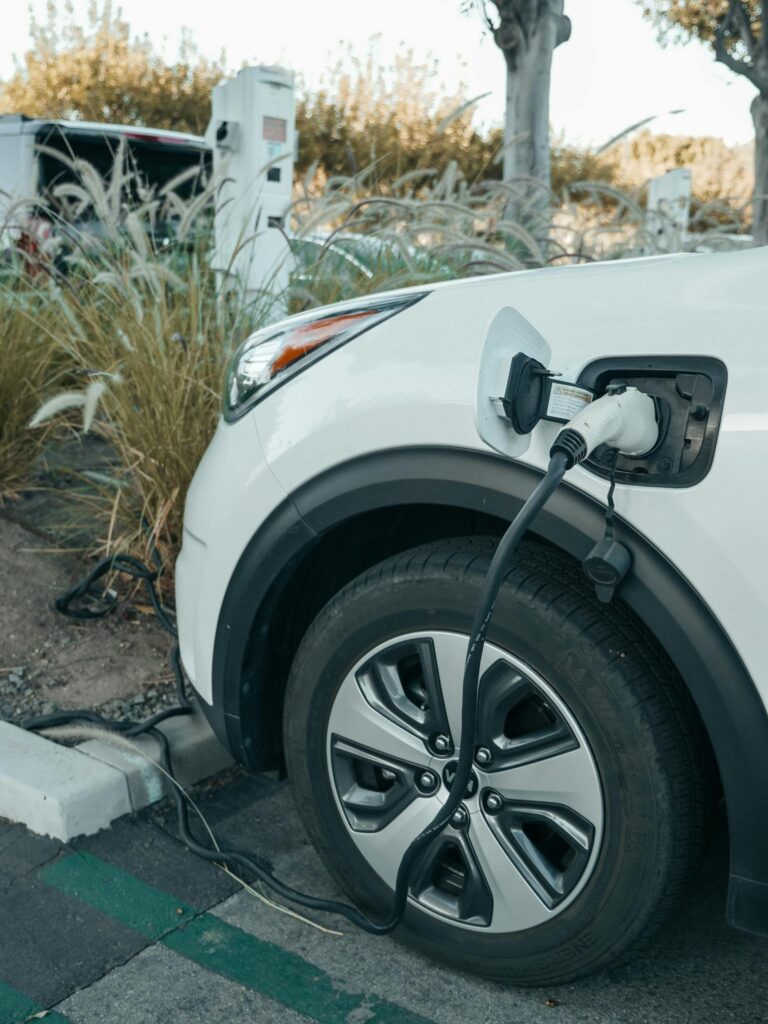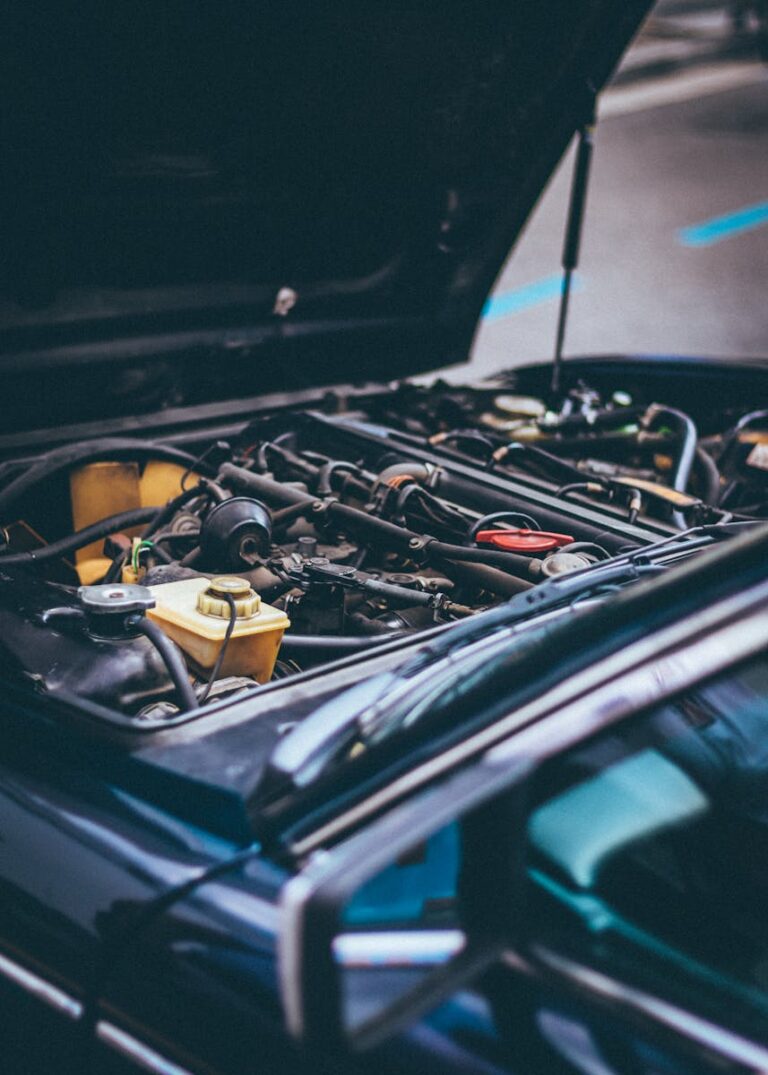Winter Car Care: 15 Essential Tips to Protect Your Vehicle
As winter approaches, preparing your vehicle for harsh conditions becomes crucial for both safety and longevity. With temperatures dropping and road conditions becoming increasingly challenging, a well-maintained vehicle can mean the difference between reliable transportation and costly repairs. Our comprehensive guide, developed through extensive testing and real-world experience at CarsInsiders.com, outlines 15 essential tips that will help protect your vehicle during the coldest months of the year. From protecting your paint against corrosive road salt to ensuring your battery delivers reliable cold-weather starts, these proven strategies will help you navigate winter with confidence.
- Difficulty Level: Moderate
- Time Required: 2-3 hours
- Cost: $50-200 in supplies
- Tools Needed: Basic hand tools
- Professional Services: Optional, recommended for some tasks
- Best Time to Start: Early fall, before first freeze

Exterior Protection Essentials
Winter’s harsh elements can wreak havoc on your vehicle’s exterior, but a proactive approach to protection can save you thousands in potential repairs come spring. Road salt, ice, and freezing temperatures create a perfect storm of corrosive conditions that can quickly compromise your car’s finish and structural integrity.
The first line of defense starts with a thorough waxing before temperatures drop below freezing. Apply a high-quality synthetic wax or ceramic coating to create a protective barrier between your paint and winter’s assault. Professional detailers recommend a double-coat application, with special attention to lower panels and wheel wells where salt exposure is highest.
Rust Prevention Strategies
Rust prevention requires a multi-faceted approach during winter months. Start by applying a rust inhibitor to your vehicle’s undercarriage, focusing on exposed metal surfaces and frame components. Many professional shops offer rustproofing services, but DIY solutions like Fluid Film or CRC Heavy Duty Corrosion Inhibitor can provide effective protection when properly applied.
Pay particular attention to your vehicle’s rocker panels and wheel wells, as these areas are most susceptible to rust formation. Installing mud flaps can significantly reduce salt spray on these vulnerable areas, while regular underbody rinses at touchless car washes help remove accumulated road salt.
Winter Washing Protocol
Maintaining a consistent washing schedule becomes crucial during winter months. Aim to wash your vehicle every 10-14 days, even in freezing temperatures. Here’s a proven winter washing routine:
- Choose days when temperatures are above freezing
- Start with a thorough pre-rinse to remove loose salt and debris
- Use a pH-neutral soap specifically formulated for winter use
- Pay extra attention to wheel wells and undercarriage areas
- Dry thoroughly to prevent door seals from freezing
- Apply a quick-detail spray to maintain wax protection between washes
Remember to clean your headlights and taillights during each wash, as winter grime can reduce visibility by up to 50% – a critical safety consideration during shorter winter days. Consider applying a headlight sealant to prevent oxidation and maintain optimal illumination throughout the season.
Critical Fluid Maintenance for Cold Weather
When temperatures plummet, your vehicle’s fluids become your first line of defense against winter-related mechanical issues. Each fluid in your car plays a crucial role in maintaining optimal performance, but their properties can change dramatically in cold weather. Understanding and maintaining proper fluid levels and conditions isn’t just about performance – it’s about preventing costly repairs and ensuring reliable winter operation.
Winter-Grade Oil Selection
The engine oil in your vehicle thickens significantly as temperatures drop, potentially leading to increased engine wear during cold starts. Switch to a winter-grade synthetic oil with a lower viscosity rating – typically designated by a “W” (for winter) on the label. For most modern vehicles, a 5W-30 or 0W-30 oil provides excellent cold-weather protection while maintaining proper lubrication at operating temperature.
Antifreeze/Coolant Management
Your cooling system requires special attention during winter months:
- Test antifreeze concentration (aim for protection to -35°F)
- Inspect coolant color (discoloration indicates contamination)
- Check for proper coolant level when engine is cold
- Verify cooling system pressure
- Replace coolant every 30,000 miles or 2 years
Brake Fluid Considerations
Brake fluid is hygroscopic, meaning it absorbs moisture from the air over time. During winter, this absorbed moisture can freeze, potentially causing brake failure. Here’s what to monitor:
- Check brake fluid level monthly
- Test fluid for moisture content (should be under 3%)
- Replace fluid if it appears dark or dirty
- Bleed brakes if spongy pedal feel develops
- Consider a complete fluid flush every 2 years
Windshield Washer System
Don’t underestimate the importance of proper windshield washer fluid during winter:
- Use winter-specific washer fluid rated to at least -20°F
- Never dilute with water
- Keep reservoir filled above 75% capacity
- Consider carrying a spare gallon for emergencies
- Check sprayer nozzles for proper operation and aim
Remember to test all fluids before temperatures drop significantly. Most auto parts stores offer free fluid testing services, and many provide detailed reports about fluid condition. Schedule these checks early in the fall to avoid the rush of last-minute winter preparations.
Battery and Electrical System Winterization
Cold weather can reduce your battery’s capacity by up to 50%, making winter the most challenging season for your vehicle’s electrical system. A battery that performs perfectly in summer may leave you stranded during a cold snap, which is why proactive electrical system maintenance becomes critical as temperatures drop. According to our testing at CarsInsiders.com, most battery failures occur when temperatures fall below 20°F (-6°C).
Battery Health Assessment
Before winter sets in, have your battery professionally tested for:
- Cold Cranking Amps (CCA) capacity
- Voltage under load
- Cell voltage balance
- Terminal and cable condition
- Age (replace batteries older than 4 years)
Most auto parts retailers offer free battery testing services. If your battery shows signs of weakness, replace it before winter – the cost of a new battery is far less than the inconvenience and potential danger of being stranded in cold weather.
Charging System Maintenance
Your vehicle’s charging system works harder during winter months due to increased electrical demands. Here’s a comprehensive checklist:
- Test alternator output (should be 13.5-14.5 volts)
- Inspect drive belt tension and condition
- Clean all electrical connections
- Check for corroded ground straps
- Verify proper operation of all lights
Jump-Starting Safety Protocol
Even with proper maintenance, you might need to jump-start a vehicle during winter. Keep these essential items in your car:
- Heavy-duty jumper cables (at least 4-gauge)
- Portable jump starter pack
- Basic tools for battery terminal access
- Safety gloves and glasses
- Quick-reference jump-start instructions
When jump-starting, always follow this sequence:
- Connect positive cable to dead battery
- Connect positive cable to good battery
- Connect negative cable to good battery
- Connect negative cable to unpainted metal in engine bay
- Start donor vehicle first, then attempt to start dead vehicle
Remember to let both vehicles run for at least 15 minutes after a successful jump-start to ensure proper battery charging. If your vehicle requires frequent jump-starts, this indicates a deeper electrical system issue that requires professional diagnosis.
Final Thoughts: Your Winter Car Care Action Plan
Taking a proactive approach to winter car care isn’t just about maintaining your vehicle – it’s an investment in your safety and peace of mind during the challenging winter months. By following these 15 essential tips, focusing on exterior protection, fluid maintenance, and electrical system care, you’ll significantly reduce the risk of winter-related vehicle issues and expensive repairs.
Remember to tackle these maintenance tasks before the first snowfall, and establish a regular winter maintenance schedule. While some tasks can be handled at home, don’t hesitate to seek professional help for more complex procedures, especially those involving safety-critical systems. As we’ve seen through years of testing at CarsInsiders.com, the relatively small investment in preventive maintenance can save thousands in potential repair costs.
Quick Winter Maintenance Checklist
- Schedule exterior protection before first frost
- Test all fluids and replace as needed
- Have battery professionally tested
- Keep emergency supplies in vehicle
- Document all maintenance performed
- Set calendar reminders for regular checks






